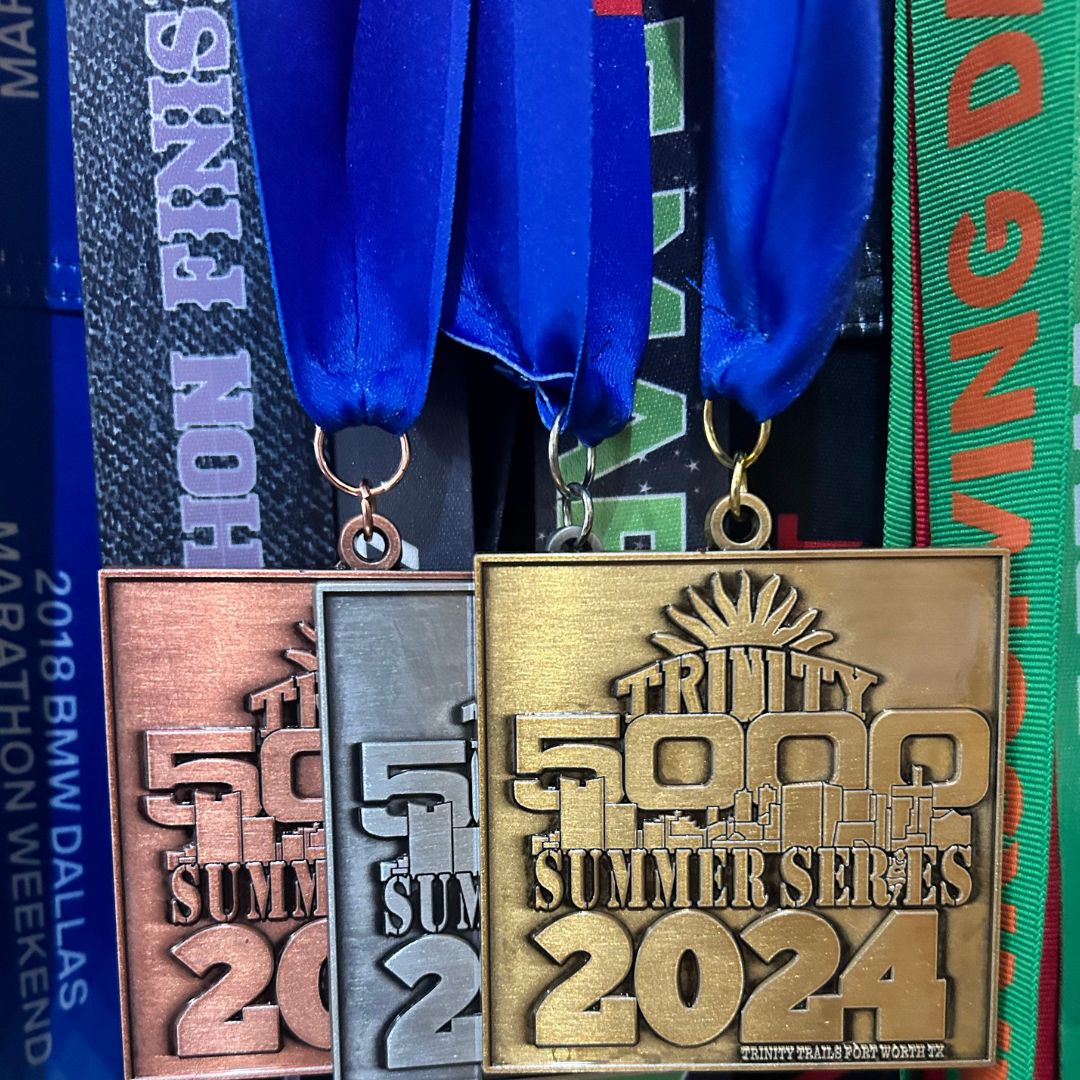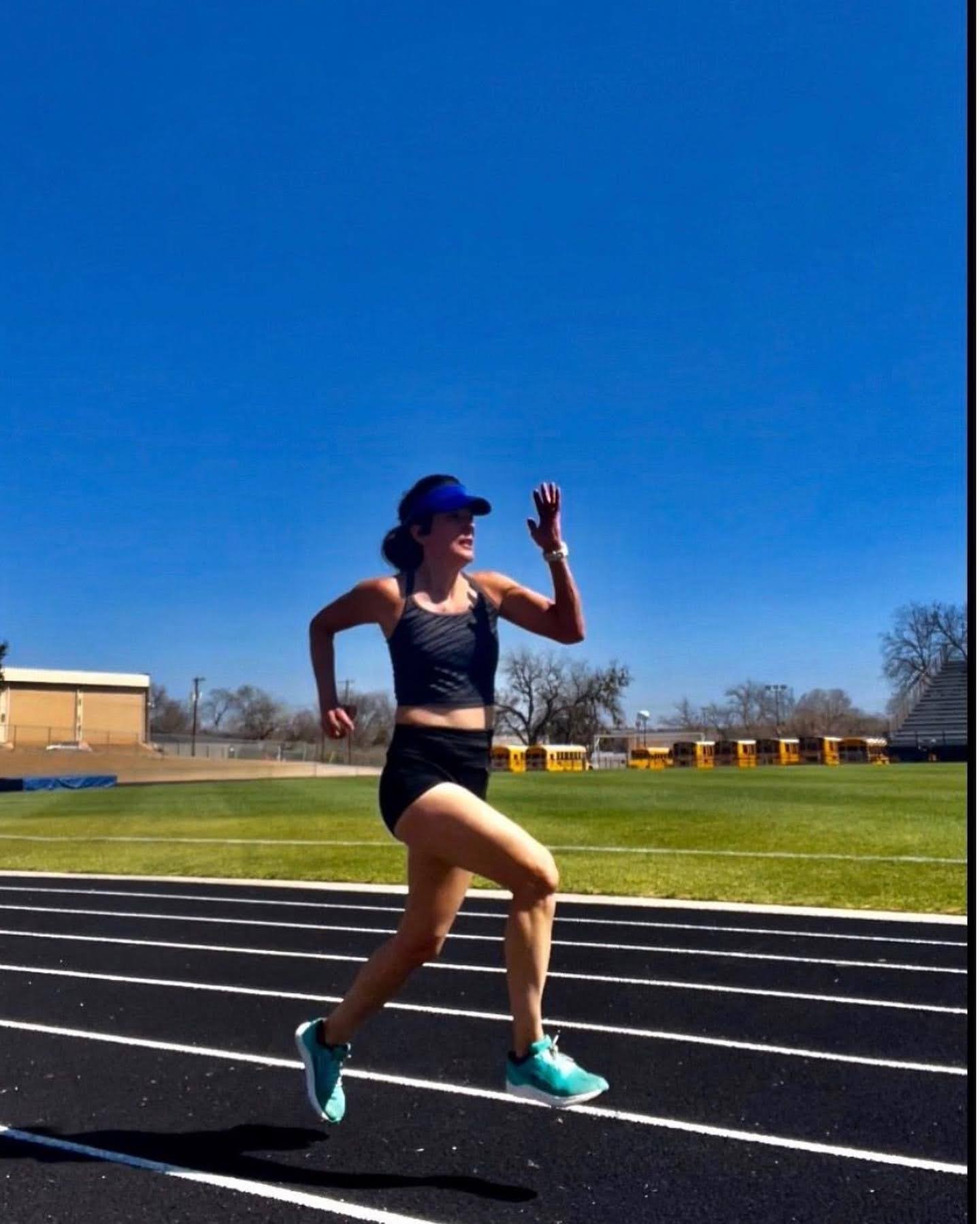Train slow to run fast. Wait. What? That sounds counter-intuitive.
A mistake a lot of runners make is that they run too often at a pace that is too hard. While fast-paced runs have their place in your training, if you run at a hard (tempo) pace every day, it could be holding you back from improving. If you add additional speed work on top of daily tempo runs, it's a recipe for a running disaster: injury.
SLOW AND LOW THAT IS THE TEMPO
If you run your slow runs too fast your body will not be properly recovered and ready to do the speed work at your full potential. You'll end up limiting improvements by staying stuck in the middle with your slow runs too fast and your fast runs too slow.
Most coaches recommend aiming for about 80% slow runs and 20% fast runs in your training week. That means most of the time you should be running slow. I know we all want to post our speedy times on Instagram every day, but the slow runs strengthen your base so that you are ready and able to perform the fast runs at your full ability.
It takes a great deal of restraint to run slow. While you may worry that people are judging you for your snail-like pace on those slow run days, let me assure you that no one cares about your pace as much as you do. Most people are just impressed that you are out there at all.
Slow runs should be about one to two minutes slower than your race goal pace. Slow runs should be performed at a conversational pace, which means just what it sound like: You can hold a conversation with your running buddy without gasping for air between words and sentences. My running partner has four legs and he doesn't talk back, but you get the point. Get out there and actually enjoy your runs. You shouldn't be pushing yourself to the limit on every single run.
THE BENEFITS OF RUNNING SLOW
Running slow may not make you an instagram star, but there are benefits that far outweigh a few new likes on your Strava image. Running slow helps build your tendons, ligaments and joints to adapt to the stresses of running. This helps you stay injury-free. Slow running builds your aerobic base and increases your glycogen (carbohydrates) stores which you will need if you want to run long(er) distances. Slow running allows you to put in more miles each week while avoiding burnout or injury from overtraining.
VARY YOUR PACES
I am not advocating that you should always run slow. Remember the 80/20 rule. 80% slow but the 20% fast is important too. If you always run slow, your body will adapt and you will become really efficient at running slow. If you want to run faster, first build your aerobic base by running slow, then most athletes will thrive on just one or two speed sessions per week. It's about finding the balance between work and recovery. Everyone is a little bit different, you may have to experiment to find what works best for you. Listen to you body.
RECOVER FROM SPEED WORK
Without proper recovery you can't keep improving. You get stronger and faster during rest, not during the workout. If you push your pace on every run and don't rest enough for recovery you will not allow your body to get stronger and faster. Resting and slow running are not signs of laziness, they are important components of a well-rounded training plan. Got it? Good.
Next time you hit the road for a run, make a conscious effort to slow down. Go slower than you need. Sing the Beastie Boys in your head (or out loud for all I care) "Slow and low that is the tempo". Do the talk test. Can you hold a conversation without taking deep breaths for air? Enjoy your run. This is supposed to be fun.
Like this post? I jump for joy when you share with your friends and followers.















